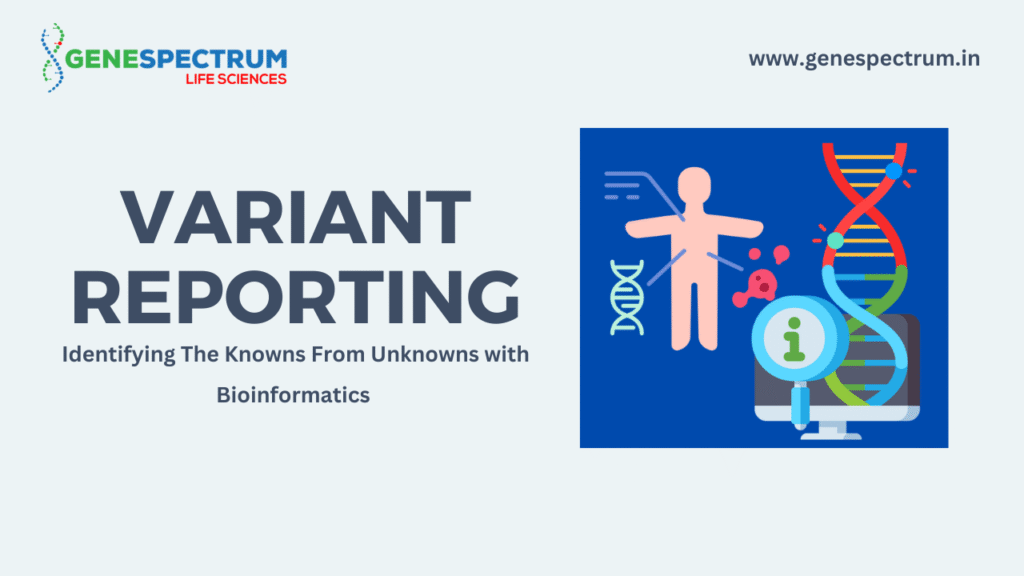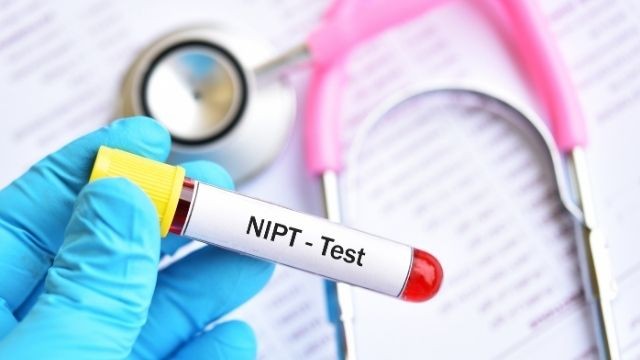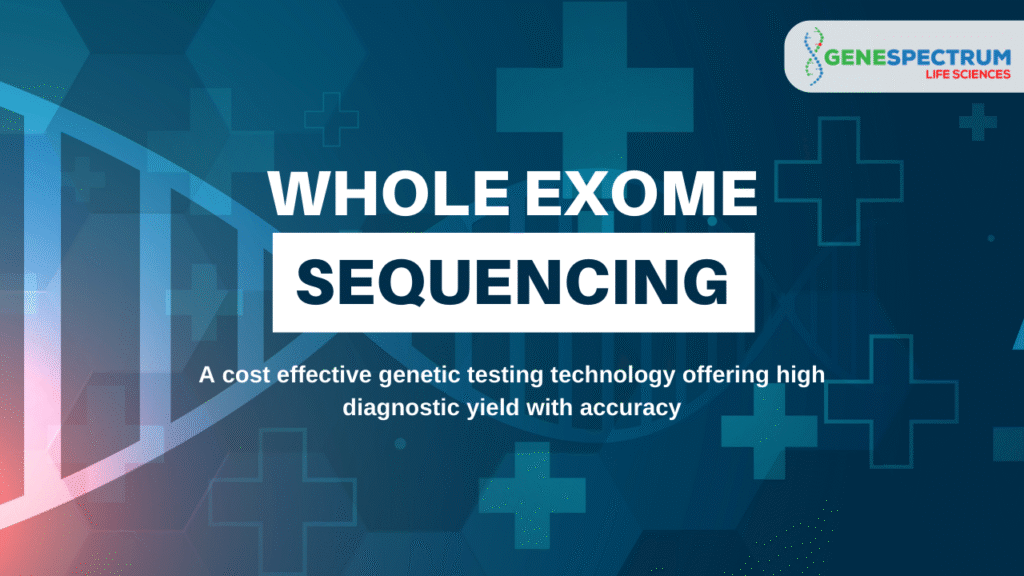
Bioinformatics has become an essential tool in genetics and genomics, aiding in the identification of genetic variants that may be associated with the disease. With the advent of next-generation sequencing (NGS) technologies, bioinformatics approaches have become increasingly important in identifying and interpreting genetic variants accurately. In this article, we will discuss the bioinformatics approaches and tools used for variant reporting and their significance in identifying clinically relevant genetic variants.
Variant Calling
Variant calling is the process of identifying genetic variants from NGS data. It involves comparing the sequence reads obtained from a patient’s DNA to a reference genome and identifying differences, such as single nucleotide polymorphisms (SNPs), insertions, and deletions.
Several variant calling algorithms are available, each with its strengths and weaknesses. Some popular variant calling algorithms include GATK, FreeBayes, and DeepVariant. These algorithms use statistical models and/or Artificial Intelligence to identify variants based on the quality of the sequence reads, depth of coverage, and other factors.
Functional Annotation
Once genetic variants are identified, the next step is to determine their potential impact on human health. Functional annotation involves annotating genetic variants with information on their location, functional significance, and potential impact on human health.
Several databases, such as dbSNP, ClinVar, and ExAC, provide information on genetic variants and their potential impact on human health. Bioinformatics tools such as ANNOVAR and VEP can be used to annotate genetic variants with information from these databases and predict their functional significance.
Pathogenicity Prediction
Pathogenicity prediction involves predicting the likelihood that a genetic variant will cause disease. Several bioinformatics tools, such as SIFT, PolyPhen-2, and CADD, use various algorithms to predict the pathogenicity of genetic variants based on factors such as protein structure, conservation, and biochemical properties.
Integration of Clinical and Genomic Data
The final step in variant reporting is to integrate clinical and genomic data to identify clinically relevant genetic variants. This involves comparing genetic variants with information on the patient’s clinical history, family history, and other relevant factors to determine their potential clinical significance.
Bioinformatics approaches, such as the use of clinical decision support systems (CDSS), can aid in this process by integrating genomic data with clinical information to provide personalized recommendations for patient care.
Conclusion
Bioinformatics approaches play a crucial role in variant reporting by providing effective solutions for identifying and interpreting genetic variants. With further advancements in bioinformatics and genomics, we can expect to see significant improvements in patient care and disease prevention in the years to come.
Overall, bioinformatics tools have revolutionized the field of genetics and genomics, providing researchers and clinicians with valuable insights into the genetic basis of human health and disease. By leveraging these tools, we can improve our understanding of the genetic factors that contribute to disease and ultimately improve patient outcomes.
Our GeneAssure Clinical Genomics Suite is simple, fast and repeatable variant analysis software for gene panels, exomes, and whole genomes. GeneAssure automates the NGS workflow from FASTQ to Reports. To know more about GeneAssure, reach out to us at contact@genespectrum.in

